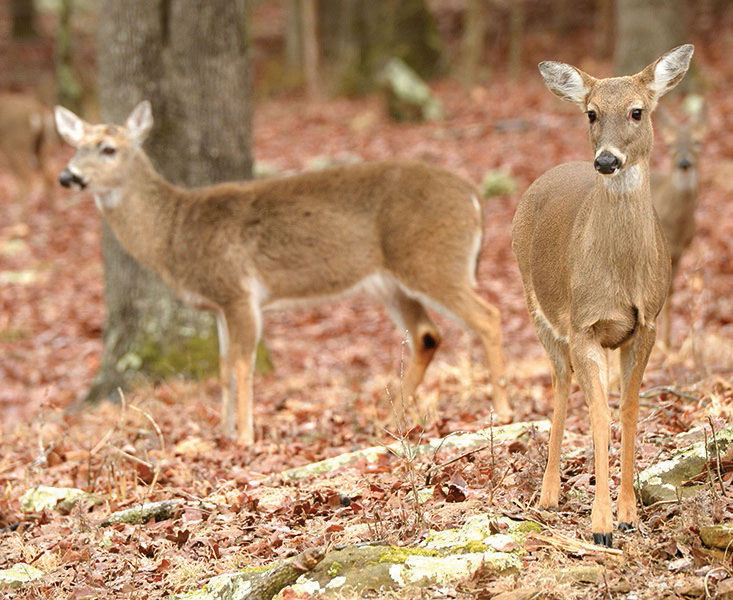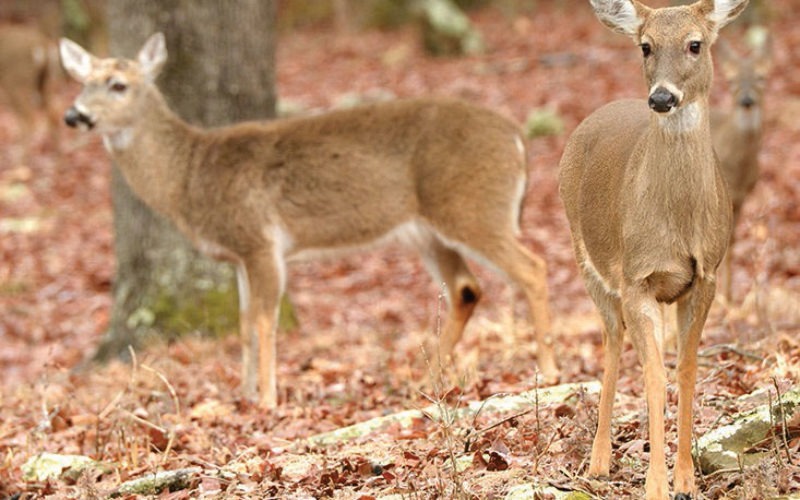Go outside in different weather for different experience
Our “Natural State” of Arkansas is as interesting as any exotic jungle. And like many explorers who endure extreme weather as they travel across jungles, the Arctic, or deserts, if we explore our back yards under less-than-ideal conditions, the rewards may be worth our discomfort.
Sadly, most of us, myself included, are not very familiar with the environment at our doorstep. In a study titled “Children Prioritize Virtual Exotic Biodiversity Over Local Biodiversity,” published in the scientific journal PLOS One (Public Library of Sciences), the authors made note of a discouraging trend: “Although children are able to recognize more than a thousand corporate logos, or hundreds of Pokémons along with their virtual life history traits, they can only identify a handful of animals and plants that are native to their home environment.” A child recognizing a lion but not a bobcat goes hand-in-hand with most of us being familiar with tropical flowers but not native ones. Local ecosystems are being uprooted and imbalanced while exposure to the outdoors has decreased over generations.

But the need for explorers hasn’t gone away with the arrival of new technology and distractions. There is a lot that we don’t know, and much of it happens right under our noses at times when we just don’t want to go outside. Bad weather is a good time to see wildlife you might not normally see — as long as you dress appropriately and assess risk. After all, bad is subjective. Try not to limit outdoor activity to perfect, sunny days at mostly the same time you always go outside. If you don’t vary your timing, you are likely to see the same old cardinal at the feeder or raccoon getting into your trash cans.
Night is when a lot of critters — not just strictly nocturnal ones — become active, including bats, flying squirrels and coyotes. There are flowers that bloom only at night, waiting to give you a private viewing when everyone else is asleep. A frog chorus will provide “nocturnes” for the nocturnal set. Bioluminescent organisms are just waiting for a midnight rendezvous with you! In general, lots of activity happens at dawn and dusk.
Go exploring in your back yard or in parks when it’s raining, drizzling, or overcast. Cloudy days make great opportunities for the Great Blue Heron and other species to hunt for fish without the sunlight reflecting off the water. Groundhogs seem to adore rainy weather and you can spot them on grassy lawns and roadsides, soaked and happily munching. It’s adorable when mammals like deer shake water off their fur coat like dogs do. You may find yourself in awe of the diamond droplets of rain sliding off the backs of ducks.
Freezing weather creates rare opportunities to explore. Extremely cold days are ideal times to see migrating birds who stopped for a layover. Frost flowers “bloom” late in the fall while salamanders come out on the first rainfall in late winter.
Maybe, if we look at our local world with new eyes when it’s dark, rainy, freezing, or otherwise unfamiliar, we can more easily see the jewels of the exotic right here at home. Go explore our natural state. It’s really a jungle out there!
Amanda Bancroft is a writer, artist, and naturalist living in an off-grid tiny house on Kessler Mountain. She and her husband Ryan blog about their adventures and offer tips to those wanting to make a difference at www.RipplesBlog.org.










